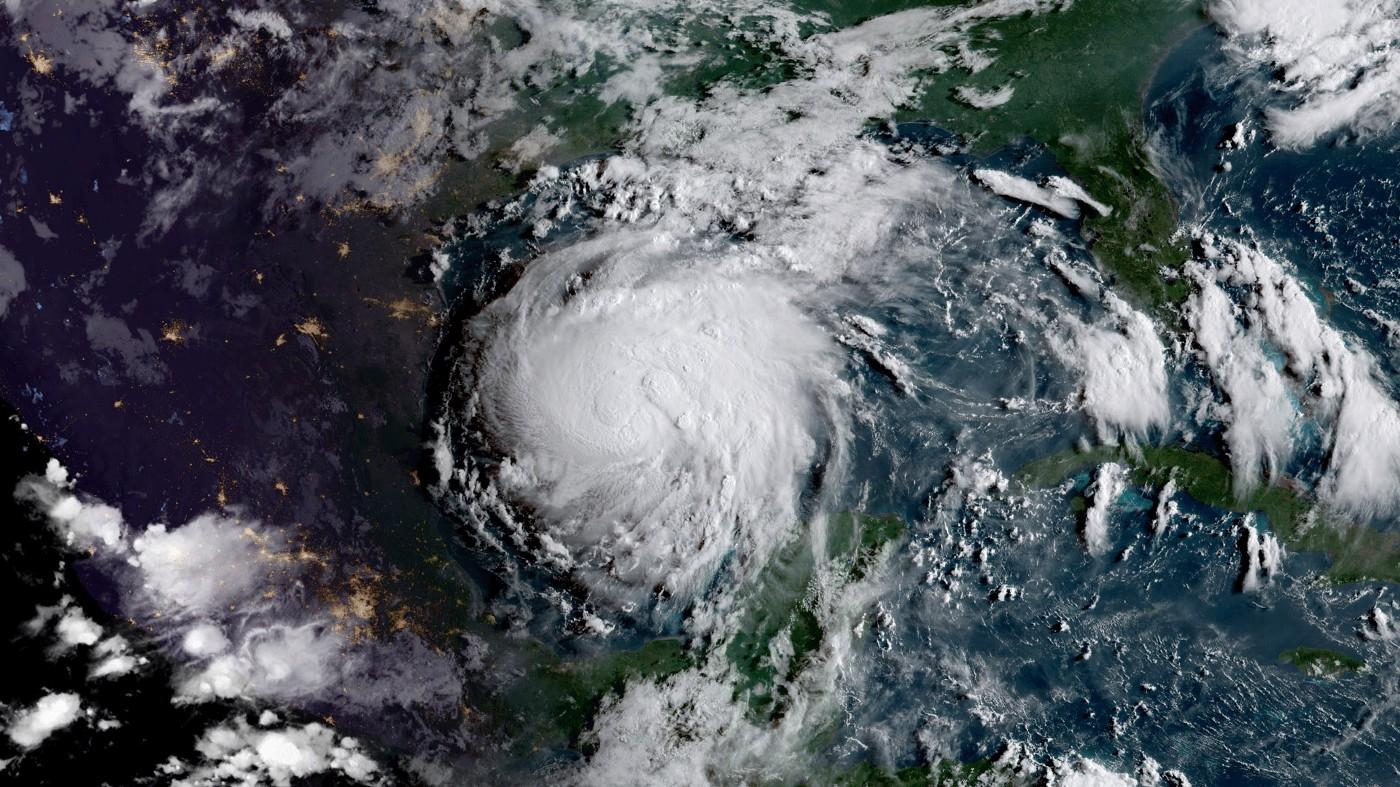
We are a group of faculty and researchers from The University of Texas at Austin working with communities across the state to ensure this is a healthy, secure, just, and ecologically and economically vibrant place to live in the year 2050. This is UT Austin’s first grand challenge — an enormous, interdisciplinary research project that’s trying to tackle some of our society’s most pressing environmental and humanitarian crises.
But why do we need to do this, you ask?
Because by the year 2050, Texas’ population could double, and most of that growth will be in urban areas like Houston, Austin, San Antonio, and El Paso. Think about that for a moment. What would it be like in your city if there were two or three times as many people as there are right now driving on roads or trying to buy homes?
Now consider this: Our weather is becoming more extreme. We know we’re going to see more floods, more wildfires, more droughts, more heat. So now imagine that double the number of people were all trying to run the AC during the summer or use water for lawns, washing machines, and bathing during another major drought. Or imagine Houston having double the residents it does now during the next Hurricane Harvey.
That’s why June 1st is an important day for Planet Texas 2050.
It’s the official start of the 2018 hurricane season. As we mark the new hurricane calendar year, residents in places such as Texas, Louisiana, Florida, and Puerto Rico continue to deal with the impacts of the 2017 season, the most expensive in U.S. history. For many people, work and school routines remain disrupted; economies continue to adjust to hundreds of billions of dollars in damages; and electricity remains missing for over 100,000 residents of Puerto Rico who lost power seven months ago. And more hurricanes are on the way.
Researchers from UT Austin and universities around the U.S. project that our region will see an increase in the frequency and intensity of these storms over the next several decades.
As a result, one of our hopes for our research program is that our data collection, model building, and strategy development will help communities and decision-makers better prepare for, recover from, and mitigate the impacts of natural disasters.
Back in August of 2017, Hurricane Harvey made landfall in Texas the week that our Planet Texas 2050 leadership team was finishing our first research program proposal. As we worked together to draft our plan to address the challenges created by the projected increase in extreme weather events and increasing population in Texas, we watched in disbelief as Houston and surrounding areas received more than 50 inches of rain over a few days. (For perspective, Portland, Oregon receives 44 inches of rain a year, on average.)
Even though Austin was physically removed from the trauma and damage occurring along the Gulf Coast, the connections were clear: nearly one-third of UT’s undergraduate students came from affected regions in Texas; everyone on campus knew someone dealing with Harvey in real-time. And within a few days, indirect ripple effects showed up even in Austin, when concerns about closed-down refineries along the Gulf resulted in a short-term gasoline shortage in Central Texas.
As we consider the beginning of this year’s hurricane season and hope for a less damaging 2018, the Planet Texas 2050 team is both anxiously watching weather radars and reports as new storms are named and celebrating June 1st, because it coincides with the launch of our first six research projects that aim to address our region’s imminent challenges.
Future posts will highlight these projects:
- A study of past societies that have dealt with climate change and population growth;
- An attempt to quantify all ground and surface water in Texas;
- An analysis of an urbanized creek watershed in a rapidly growing Texas city;
- The development of an integrated, interdisciplinary, accessible data platform for Texas metropolitan areas;
- An inventory of the stories that Texans have told (and still tell) ourselves about our relationship to water;
- And a study of the impact of transportation-related air pollutants on the health of Texans who live near freeways.
Our leadership team of eight UT Austin researchers and faculty members has spent the last six months developing plans and budgets, discussing governance policies, and negotiating the minutiae of different ways to present conceptual diagrams. We are thrilled to turn the calendar to June, put down the whiteboard markers, get out of the conference room, and get into the field to collect new data, gather and re-examine existing knowledge, and begin to develop tools and strategies to help ensure that Texas is a good home, for all, both now and in 2050. We’ll keep you posted about our progress.

